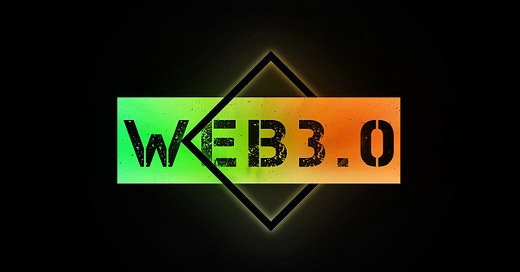Web1, which ushered in the internet’s first era in the 1990s and early 2000s, was static and read-only. Users consumed content, but didn’t interact much.
Then came Web2, which introduced dynamic platforms like Facebook, Google, and YouTube. It was the age of user-generated content, but centralized control.
However, this convenience came at a price—loss of data ownership, surveillance capitalism, and monopolies. It was these concerns that birthed Web3, a term coined by Ethereum co-founder Gavin Wood in 2014.
Gavin envisioned a decentralized internet powered by blockchain, where users owned their data, could transact without middlemen, and participate in governance.
Web3 is not just a tech upgrade. It is a philosophical shift from platforms owning users to users owning platforms.
Current Realities
Web3 represents a shift from centralized platforms to decentralized networks. It leverages blockchain to create systems where users own their data, participate in governance, and interact without intermediaries. While promising, it’s still early-stage, with adoption limited to tech-savvy users and niche communities.
Use Cases
Decentralized Social Media: Platforms like Lens Protocol let users control their data and monetize engagement without giving up privacy.
Decentralized Finance (DeFi): Users can borrow, lend, or earn interest without banks, through platforms like Uniswap or Aave.
DAOs (Decentralized Autonomous Organizations): People come together to make democratic decisions with tokens—for example, Gitcoin DAO funds public goods for developers.
Digital Identity: Tools like ENS (Ethereum Name Service) give users decentralized usernames and profiles.
Failures and Shortcomings
Clunky user experience (UX) and high entry barriers.
Limited scalability (especially on Ethereum pre-upgrades).
Vulnerability to hacks, rug pulls, and poor code audits.
Low public understanding and technical literacy.
Why Regulation Can Help
Provide legal frameworks for DAOs and decentralized apps.
Enforce security standards to reduce scams and hacks.
Set clear taxation and compliance paths to help bridge with traditional finance and governance.
How Mass Adoption Can Be Achieved
Web3 has the power to return internet ownership to the people. Developers should build simpler, inclusive tools. Users should explore decentralized apps. Governments should provide legal recognition and protection. Let’s build a freer, fairer internet together.




